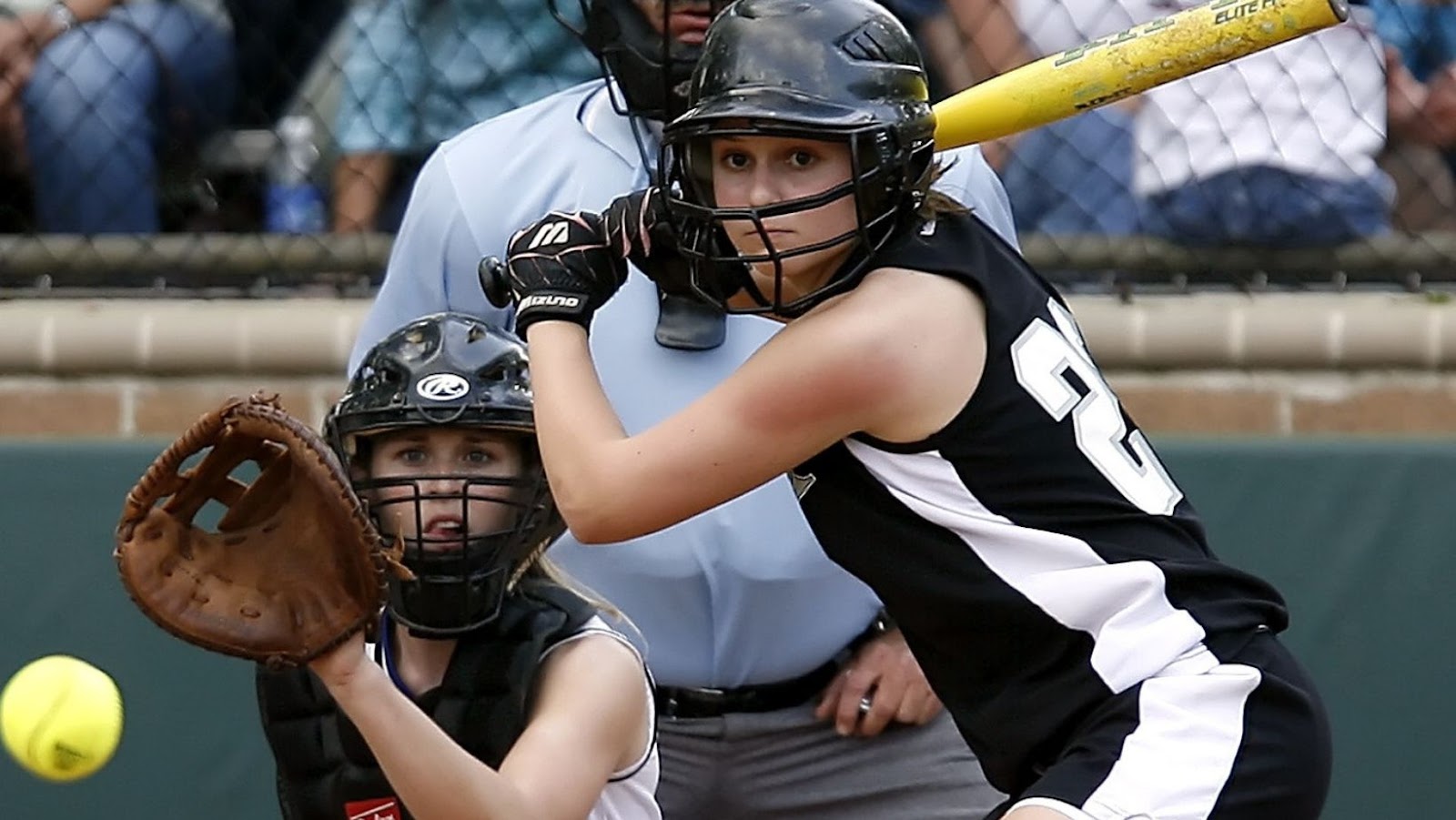 How Many Innings are in Youth Baseball
How Many Innings are in Youth Baseball
There are typically six innings in a youth baseball game. However, this can vary depending on the league, age group, and level of play. For example, some leagues may only have four innings for younger age groups. It is important to check with your child’s league to see how many innings they will be playing.
The Number of Innings Varies by Age Group
In youth baseball, the number of innings played in a game varies by age group. In general, younger players play fewer innings than older players.
The following is a breakdown of the number of innings played in a game by age group:
-T-ball: 3-4 innings
-Minor League (ages 7-8): 6 innings
-Major League (ages 9-10): 6 innings
-Junior League (ages 11-12): 7 innings
-Senior League (ages 13-16): 9 innings
The Number of Innings May Also Vary by League
The number of innings in a game may also be different based on the league in which the game is being played. For example, in some youth leagues, the game may be only six innings long. In other leagues, games may be played for seven innings. The number of innings played may also depend on the age group of the players.

Other Important Youth Baseball Rules
Aside from knowing how many innings are in youth baseball, there are several other important rules that players, coaches, and parents should be aware of. These rules include everything from what types of bats are allowed to how many players can be on the field at one time.
Age Eligibility
Age Eligibility: A player’s league age is his or her age as of August 1 of the current year.
With few exceptions, Little League Baseball and Little League Softball divisions are based on the child’s league age. The major exception is the Tee Ball division, which is available for league age 4-year-olds and 5-year-olds only. All other divisions require that a child be 7 years old or older by August 1 of any given year to participate in that program. The only other exception to this rule is the Challenger Division, which is available to children with physical and mental disabilities.
Proof of a player’s league age must be established before participation in any regular season or postseason game, and any time during the season when requested by the umpire, opposing manager, or tournament director. Documentation showing proof of birth date will be required for all players upon request by an umpire or an official from the opposing team.
Pitching Restrictions
Pitching restrictions vary by age group in youth baseball. For example, in tee ball, pitchers must throw underhanded and players can only advance one base per hit. In baseball for 8-year-olds, players may start stealing bases and leading off once the ball is released from the pitcher’s hand. Pitching restrictions also apply to the number of pitches thrown by a player in one game. In general, young pitchers shouldn’t throw more than 50 pitches in a game or more than 85 pitches in a week.
Base Running Rules
One of the most exciting aspects of baseball is the opportunity to score by rounding the bases and crossing home plate. Although it might seem like base running is simply a matter of sprinting as fast as possible from one bag to the next, there are actually a number of specific rules that govern when and how runners can advance. Knowing and understanding these base running rules will not only help keep the game fair, but also help prevent injuries.

Here are some important base running rules to keep in mind:
-Runners must stay within the baseline unless they are trying to avoid a fielder who is blocking their path.
-Runners cannot run out of bounds in order to avoid being tagged out.
-A runner cannot go backward on the bases in order to return to a previous base (this is called a “force out”).
-If a runner overruns first base and is not contacted by the first baseman, he can immediately turn and run toward second base. However, if he is contacted by the first baseman before he can turn toward second, he will be called out.
-A runner cannot interfere with a fielder who is attempting to make a play on another runner.
-If a runner intentionally interferes with a fielder, he will be called out and the batter will be awarded first base.
Hitting Rules
In addition to the basic hitting rules, there are also rules governing how batters can advance around the bases. After a batter hits the ball, he must drop his bat and run to first base. If the hit is a home run, he can choose to stop at any base, including home plate, and all the runners on base will advance automatically. However, if the hit is not a home run and the batter chooses not to run to first base, he is out.
Once a batter is on first base and the ball is hit by another player, he can choose to either stay on first or attempt to advance to second base. If he attempts to advance and is tagged out by a defensive player before he reaches second base, he is out. If he safely reaches second base without being tagged out, he can remain there or attempt to advance to third base. The same rules apply for advancing from second to third and third to home plate.